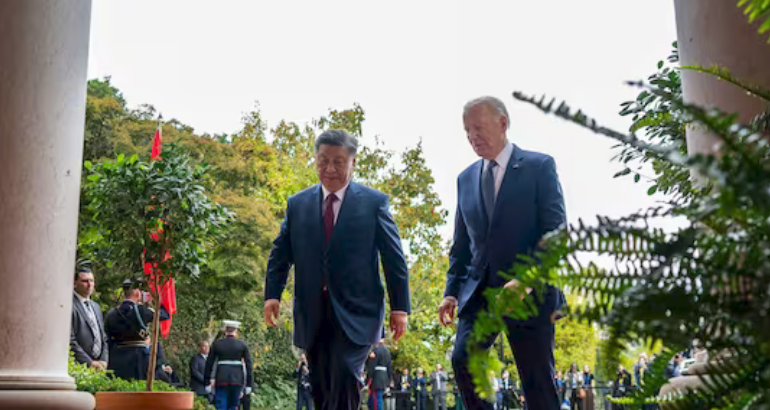The best hotels in the west end of Brampton, Ontario
Best Hotels in the West Brampton Brampton is the third largest city in the Greater Toronto Area after Toronto and Mississauga. It is a major centre for advanced manufacturing, automobile parts and assembly, retail and logistics. Brampton is known for its ethnic diversity, especially of the South Asians, followed the Europeans, Black Canadians and Latino, who are among the largest groups. Spread over an area of 265 sq.km and with a population density of 2500 persons per sq.km, the city is challenged daily by heavy traffic during rush hours on all its roads. A 25 minute drive can become an hour long commute. Therefore, it would make much sense to stay close to where you need to be during your visit. Brampton has more than a hundred hotels and motels dotted in all parts of the city. To keep things simple, this article only discusses the best hotels in Brampton, west of Hwy 410 (or Tomken Rd). Read our recommendations on the best hotels in Brampton East (of Hwy 410) The western areas of Brampton have most of the city’s attractions and its Downtown. Much of the industry and warehousing still survives in this area. However, many areas are being re-zoned and re-developed into commercial and residantial neighbourhoods. Hwy 410 provides the quickest link out of the city toward Mississauga, and the highways 401 and 407. Major exits on Hwy 410 are at Steeles Ave E, Queen St E, Bovaird Dr E, and Sandalwood Pkwy E. Queen Street and Steeles Avenue are the busiest east-west roads of Brampton. Many hotels are located in clustered along these two roads, some of which are discussed in this post. A Map of Hotels in Brampton West Standard Room information Most hotels in the Greater Toronto Area advertise two types of rooms: Queen and King. The Queen Room is commonly furnished with two Queen size beds. The King Room always has a single King size bed. The room size and in-room amenities should not differ by much. While the the Queen room can sleep up-to 4 guests, the rates of these two rooms are nearly always identical. Some hotels offer rooms with One Queen Bed with competetive rates targeting solo travellers and those on a smaller budget. The rooms may be smaller and may not have a work-desk; but this may not always be the case. The ensuite washrooms in most Canadian hotels are nearly identical. The sink has a laminated counter-top and a large mirror. The toilets are an elongated style and around 30 inches deep. The shower-tub combination has curved curtarn rods for additional space, and a shower-head with options for rain-shower and massage. The washrooms usually have a wall-mounted hairdryer and are stocked with complimentary toiletries and clean towels. Brampton hotels on Steeles and 410 Steeles Ave is one of the major east-west roads of the Greater Toronto Area. It begins at the intersection of Appleby Ln, west of the town of Milton and travels the entire width of the city of Brampton. In Toronto, Steeles Ave forms the border with the York Region and its cities of Vaughn and Markham. The road continues as Taunton Rd in Durham Region and ends near the ghost town of Decker Hollow in Oshawa. In Brampton, major landmarks on Steeles include Sheridan College at McLaughlin Rd S and Shoppers World Mall and Transit Terminal at Main St. The area around Steeles Ave and Hwy 410 is predominantly industrial, warehousing and big-box retail. You will find major nameo like Costco, Walmart, Marks, Home Depot and Lowes as well as several fast-food and ethnic restaurants. Courtyard by Marriott, Brampton Courtyard by Marriott, Brampton is located on 90 Biscayne Crescent, at Steels and First Gulf Blvd just west of Hwy 410. It has a large outdoor parking space, that joins with other interconnecting parking lots belonging to Costco, Playdium and nearby restaurants. The hotel has 159 guestrooms and targets business travellers and families. It features an indoor heated swimming pool with a water-slide that reaches almost 2 storeys high. A fitness centre with several cardio machines and free weights is open to all guests. Breakfast is not complimentary at the Brampton Courtyard by Marriott. However, the hotel features an exclusive Bistro where you can savour in delicious and healthy breakfasts that are made-to-order. Starbucks coffee is also served here. The Bistro is also open for Lunch and Dinner, featuring an Italian-American menu. If you are craving a late night snack, there is a 24 hr self-serve market where you can grab chips, pop-corn, juices and other sundry items you may suddenly need. You can get documents printed or faxed at the Business Centre, where you will also find workstations with internet connectivity. All rooms and suites at the Courtyard by Marriott, Brampton are furnished with a work-desk and office-chair, a sofa-bed, a dresser and a closet. The large windows bring in copious amount of natural light, and the room can be darkened with black-out curtains and to ensure privacy. Each room has a heating and air-conditioning combination unit that can be individually controlled. If you are allergic dust and dust-mites, you can request your beds to be prepared with Hypo-allergenic bedding upon check-in. In-room amenities include free wi-fi, a mini-fridge, a microwave, a coffee-maker, a clothes iron with an ironing board, and a flat-screen TV with cable channels and movies on demand. The ensuite washrooms are a standard with laminate counter-top and a shower-tub combination. You will find a wall-mounted hair-dryer and a fresh stock of complimentary toiletries and clean towels. The Standard Rooms at the Brampton Courtyard by Marriott are around 350 sq.ft in area. Solo travelers and couples may find the King Room sufficient for their stay. Small families may prefer booking the Queen Room, which is furnished with two queen size beds. This room can sleep up-to four guests at a time. Both the Standard King and Queen rooms have identical rates per night. Inter-connecting and and adjoining rooms may be available on
The best hotels in the west end of Brampton, Ontario Read More »


